Morocco is a country that has been in contact over the years with many different cultures such as the Romans, the Phoenicians, the Arabs, the Europeans and more. The exchange between locals and all these foreigners led to creating a set of unique traditions and customs shared throughout the entire county, from Tangier to La Guera as locals like to say. There are many many aspects of Moroccan Traditions.
Morocco, even with being a very modern territory where people from all over the world come to work or visit, is still to this day attached to its traditions. In such a way where Moroccan people, living in their homeland or abroad, keep manifesting these traditions in their day-to-day lives in the most subtle or most extravagant ways.
Aspects of Moroccan Clothing traditions:
The Moroccan Djellaba is perhaps the most important traditional garment for Moroccans; since it is meant for both sexes, complies with Islamic guidelines of modesty, can protect from either cold or heat, and is a very practical everyday piece of clothing! As for celebrations and big events, you will catch Moroccan women wearing the most beautiful traditional caftans (basically a fancier Djellaba but without the hood and more decoration), or a T’kchita (a double layer caftan). For such occasions, men wear either a Gandora, Djabadour or Selham depending on the event. For footwear, Moroccans love their traditional Belgha, a soft leather closed toe sandal varied in color and decoration.
Read More: Moroccan Traditional clothes
The Moroccan Cuisine:
Cuisine is one of the richest and most diverse aspects of Moroccan traditions, since it is an amalgam of Berber, Arab, Sub-Saharan and Mediterranean influences. The Moroccan Tajine, being one of the most important Moroccan dishes, in a slow cooked stew that they serve with meat, vegetables and nuts. But the most iconic Moroccan dish can’t be anything other than the world-famous Couscous that locals religiously have for lunch every Friday. An Honorable mention goes to the Moroccan Tanjia, originating from the city of Marrakech, which is another slow cooked meat based dish that Moroccans love.
You should note that Moroccans love to eat using their hands, accompanying their meals by bread, salads and marinated olives. Finally, it would be a shame to talk about Moroccan cuisine in a traditions context and not bring up the staple that’s found in every Moroccan household: Mint tea! This drink holds a deeper meaning in Moroccans’ hearts, as it could be served to guests as a sign of hospitality, or during social gatherings and celebrations.
Read more: Moroccan cuisine culture
Architecture:
Traditional Moroccan architecture varies from region to region, but it is mostly comprised of two main things: Moroccan Traditions Aspects
Traditional Riads:
A Moroccan Riad is a building found primarily in Old Medinas, characterized by an interior garden/courtyard with individual private rooms around it. Riads usually have a minimalistic outside, with very little windows (or none). However, on the inside, the artisans decorate and ornate the riads with the most intricate works of Moroccan craftsmanship. The Riads have a symbolic meaning of being one’s own little paradise, where he can rest from the business of the outside world after a long day of work. Almost reminding you of a location from an Arabian Nights tail, you can experience this Moroccan tradition by spending a night at a genuine Riad turned into a guest house during your next trip to Morocco.
Kasbahs:
Kasbahs are another architecture form found abundantly throughout Morocco. The term Kasbah itself can either refer to a city built inside high defensive walls, or a single building similar to a fortress in concept. Either way, in both cases the building is made of mud and soil and is designed to last and stand strong against intruders’ attacks. Nowadays, few people still currently live in Kasbahs, but they have been turned into locations open for tourists and visitors. A very famous example of this would be the Ait Ben Haddou Kasbah, located near Ouarzazate city. This Kasbah is actually so well preserved that it has been used as a backdrop for numerous international historical movies and series.
In addition to those, Moroccan architecture can also be manifested is mosques, Medrassas and gates, which are prime examples of how Moorish, Andalusian and Arab architecture and decorations have influenced Morocco.
Book Your Morocco Tour
Book your Morocco trip with FriendlyMorocco expert team. We have wide selections of tours to choose from. The tours we provide are are well-organized to suit every passenger’s needs. It is also possible to customize your tours. Feel free to contact us to get a quote or for more info!
Music:
Morocco’s music is just as diverse and rich as every other part of its traditions. Almost every region of Morocco has its own local type of folk music, being either Arab, Andalusian, Berber… etc.
Chaabi:
Chaabi music is Morocco’s version of pop. Played mostly at celebrations, it is famous for its upbeat rhythm and fun themes that make people want to dance their butts out.
Classical Andalusian:
This type of music is a remnant of Moorish influence in Morocco. It’s sung in Arabic, and is considered a very important spiritual heritage across cities such as Fes and Meknes.
Malhun:
Malhun is a type of purely Moroccan Arabic music, performed by the men of the artisanal working class. The music itself is just sung Moroccan poetry, accompanied by a variety of instruments. Listening to Malhun can be a very interesting and relaxing experience.
Gnawa music:
Gnawa music is probably the most spiritual and enchanting music you can find in Morocco, originating from the black people brought to Morocco for the slave trade. Later on, after Islam came to Morocco bringing with it their freedom, they dedicated their music to thank God and turned it into spiritual religious chants.
Berber Folk:
Berber folk music differs immensely depending on the region, village and tribe. It’s a very unique and popular type of music among Moroccans that can be found present during celebrations like weddings and festivals, usually accompanied by a group dance.
All those genres aside, many young Moroccan artists are experimenting with mixing one or more types of music from their cultural heritage with western music such as pop, hip hop or metal. This can be witnessed live during Essaouira’s annual “Gnaoua Music of the world” festival.
What aspect of the Moroccan culture did you like the most? Is there something we forget to mention in the article, feel free to comment and share this essay 🙂
Shop With Friendly Morocco
Buy your Morocco souvenir or Moroccan clothes, our shop has the best Moroccan products, see for yourself!

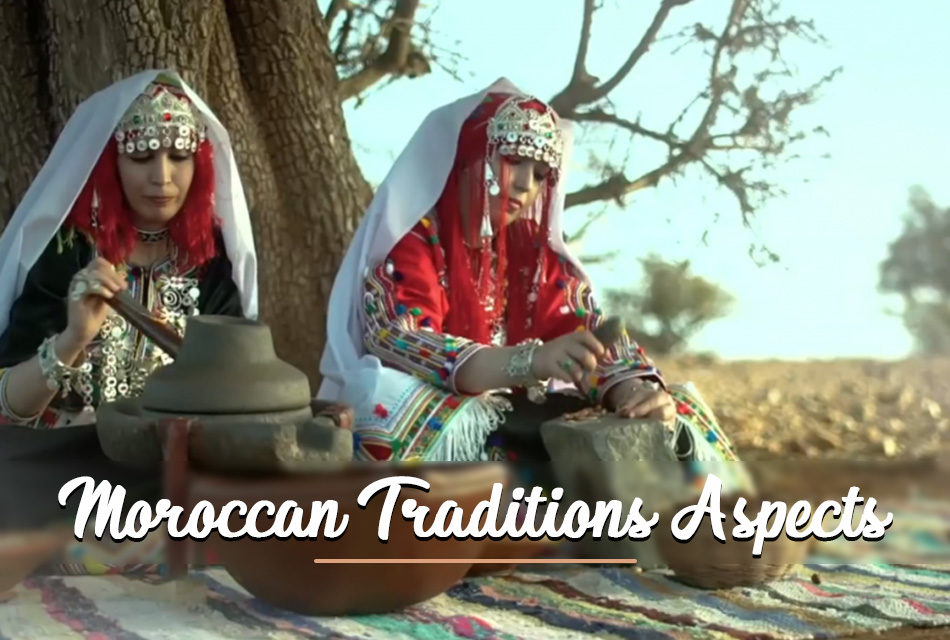
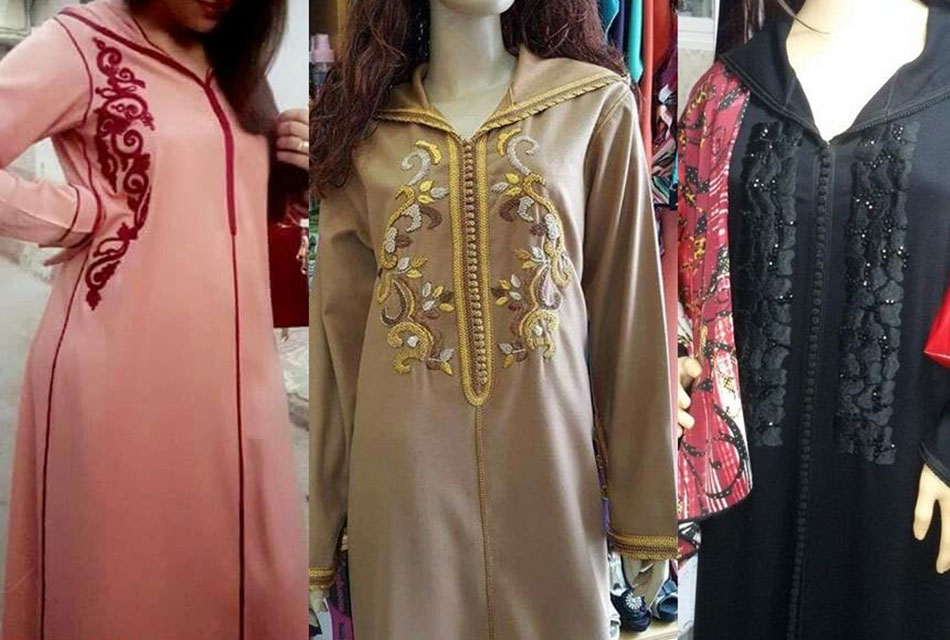


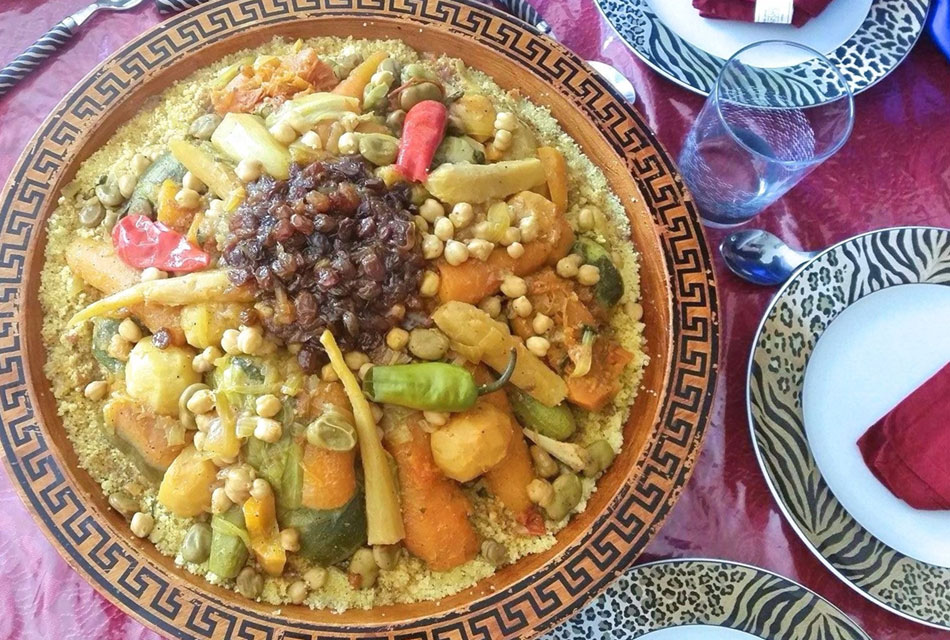
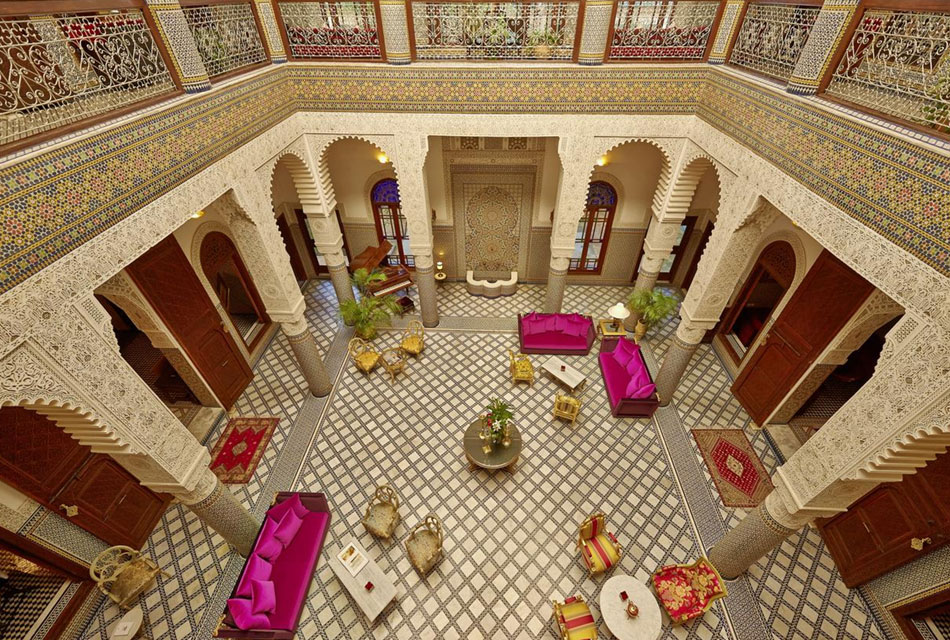
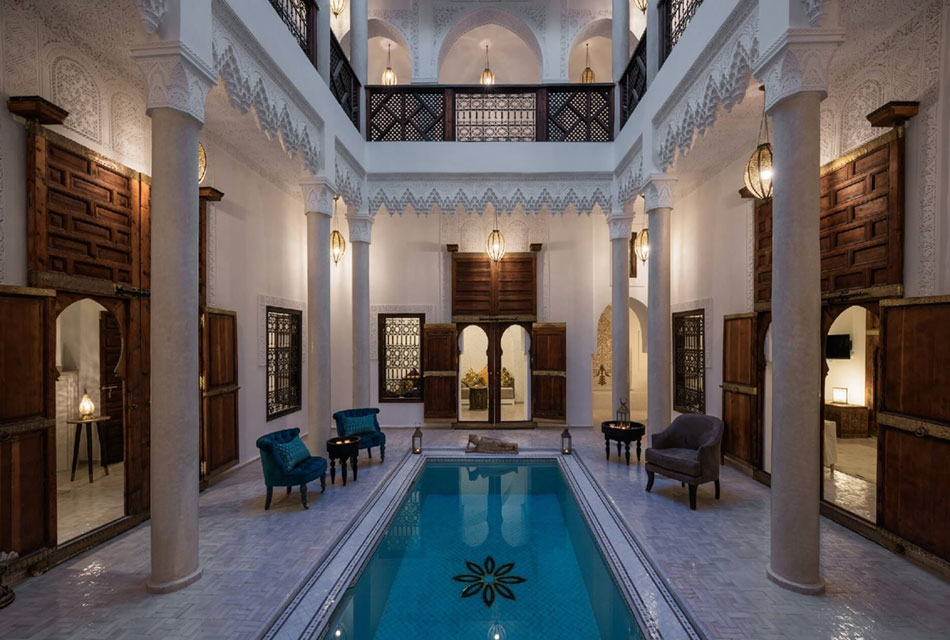
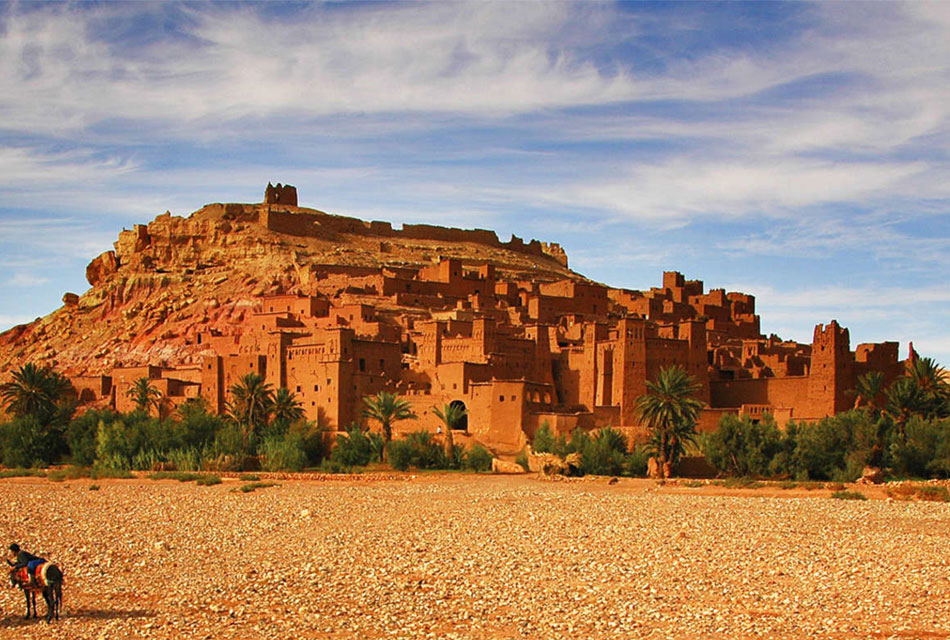
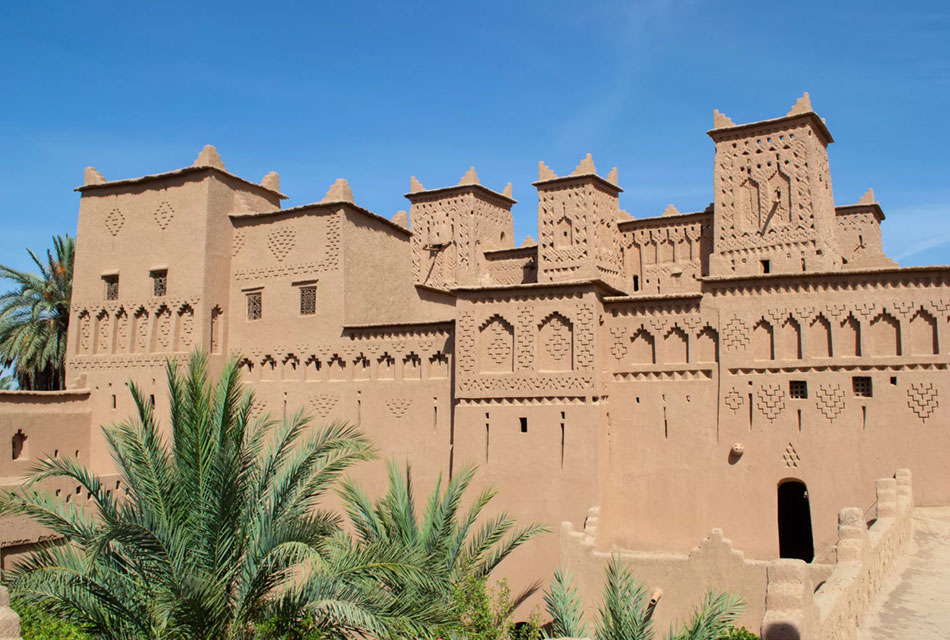

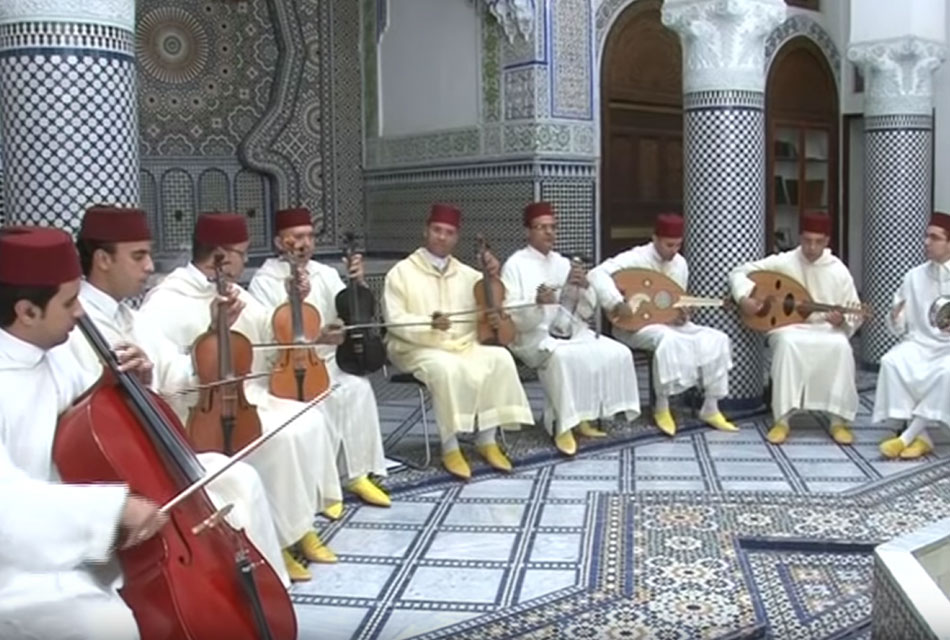


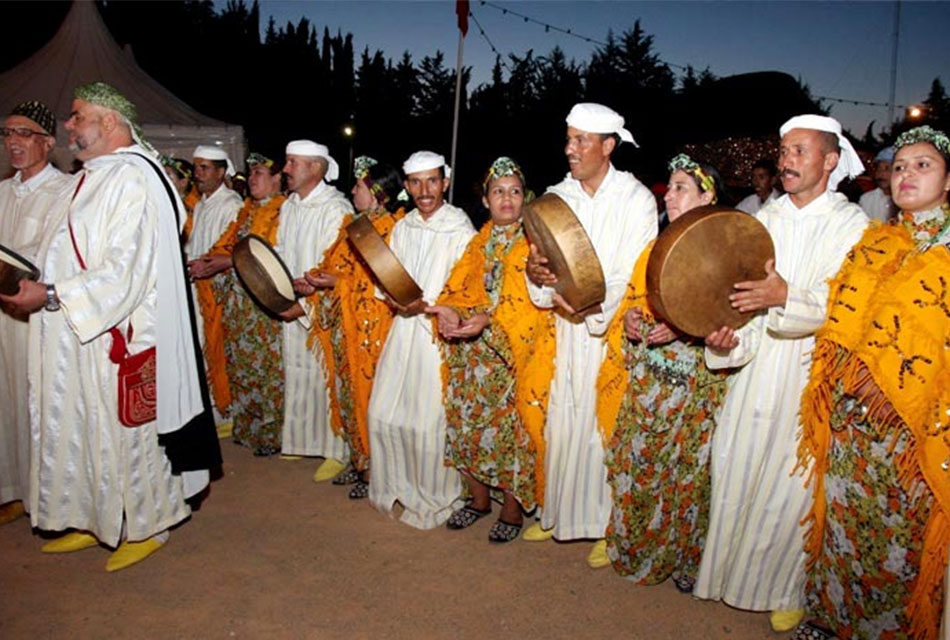
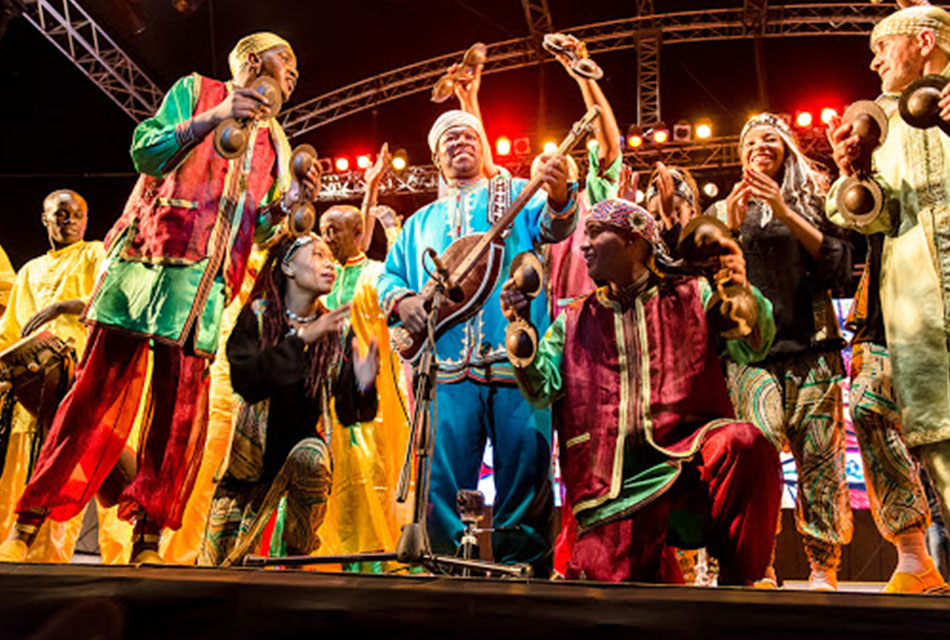
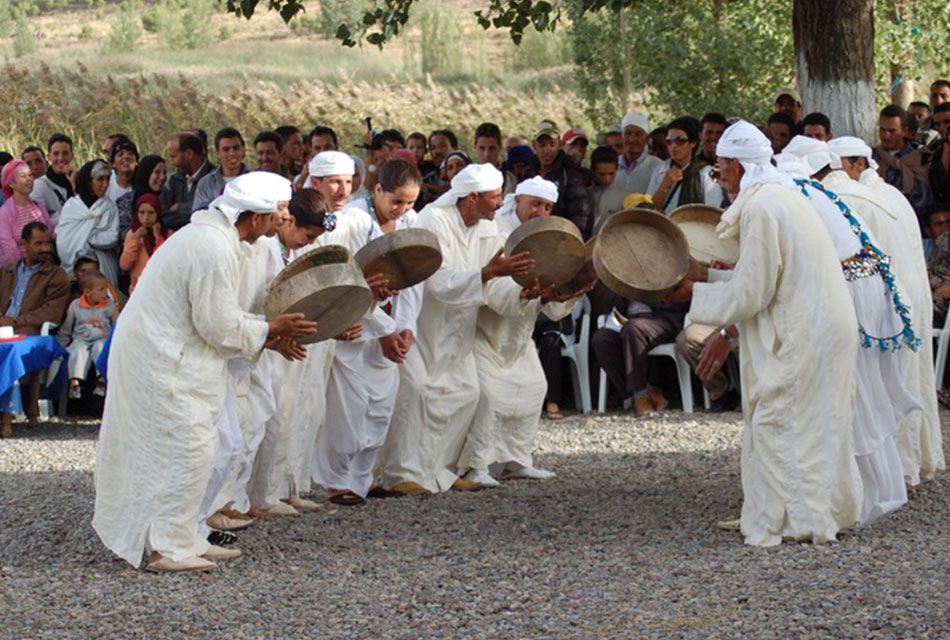
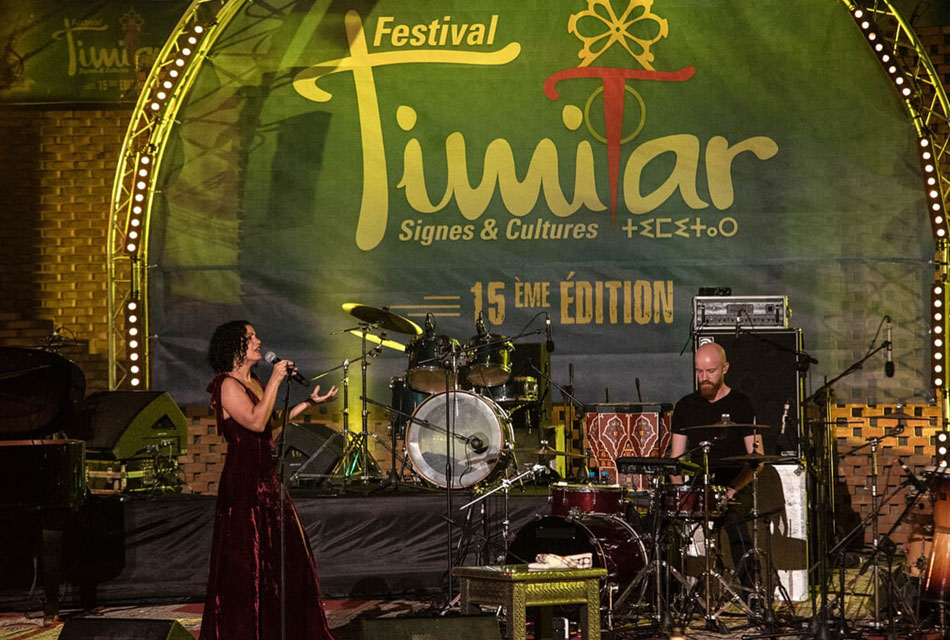

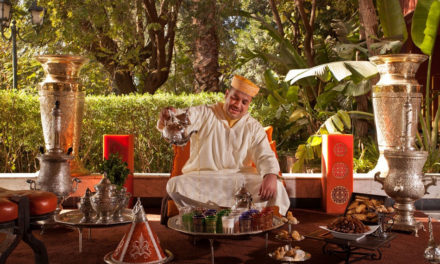
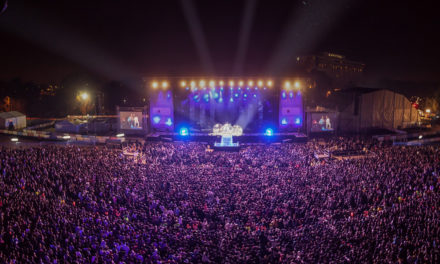
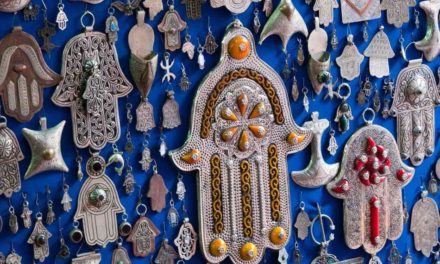
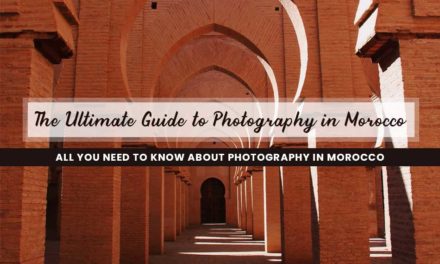
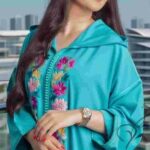

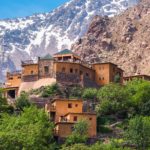
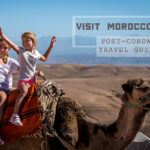
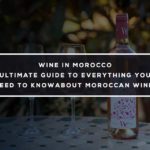
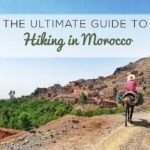
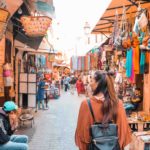
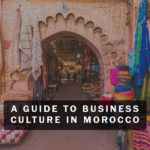
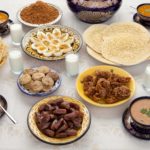
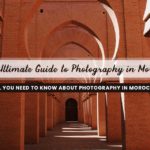
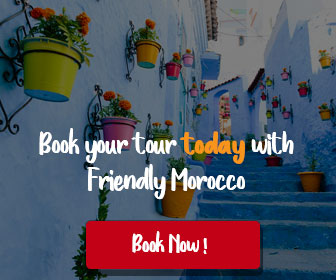


Recent Comments